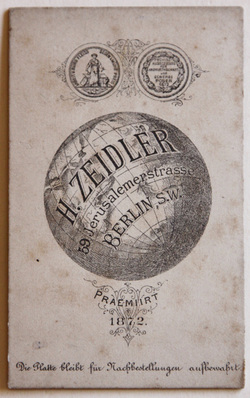 A while back I posted images of some of my cabinet cards from my ever growing photo collection. With some, I have been doing a little investigation into the photographer and such.
0 Comments
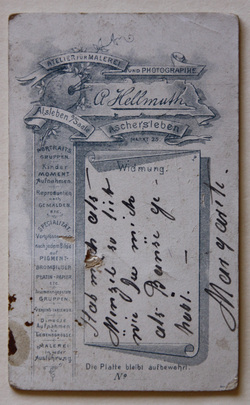 A while back I did a little work on another Cabinet Card that was actually a lot of fun for me. I love giving these objects a bit of a historical context and the Cabinet Cards are especially open to these sorts of investivations. This card was received in the same lot as the others a few months back. Once again we set the time period of production between the 1860's and 1900. So here it goes... Our photographer looks like A Hellmuth from Aschersleben (or Alsleben as both places are listed on the front of the card). But sadly that is all the information I can find on the man. Ancestry.com does list several German born A Hellmuth's in the 1930 American Census. But without a full first name it becomes much harder to make any sort of conclusion about an immigration. Neither do any of them list photographer as their profession, though that may well have changed within a move to a new land where you do not speak the language. So...Moving on... Starting with the top line "Atelier fur Malerie und Photograpihe" = Studio for Painting and Photography (I actually wonder if this is a typo on the "photograpihe" on the card instead of "photographie"? In the banner under the name it lists both towns Alsleben a/Saale (Salle is the river on which the town is located) and Aschersleben. Under this, the address of Markt 25 is listed. Assuming streets and names have remained the same, see it here on Google Maps. On the left panel it reads, "Portraits, Gruppen, Kinder, Moment, Aufnahmen, Reproduction, Gemalden etc., Specialitat: Vergrosse(?) nack jedem bilde auf pigment bromsilber, platin papier etc. Zusammengeserzte Gruppen, Vereins Tableaux, Deinecte Aufnahmen bis Lebensgrosse, Malerei in Jeder Ausfuhrung." While Google Translate cant figure everything out, it comes back as "Portraits. Groups. Children snapshots. Reproduction for paintings, etc., Specialitat:Enlarge to every fancy of pigment-bromide, platinum paper, etc. Zusammengeserztegroups (?). Association tableaux. Direct recordings to life-size painting in any execution." The bottom line reads, "die platte bleibt aufbewahrt" which means "the plate is kept" and numbered into the photographers inventory for future reproduction. Within the scroll is the term "widmung" which translates to "dedication" hence the wonderful handscript, which I cannot read save for the name Margaritte. If you can read German handwriting could you make out that translation for me? Well, without finding much on the photographer himself, it is hard to go on much beyond the facts on the card itself. I do still find them fascinating and there are more coming up in the next month or so that I will be looking at as I have time. 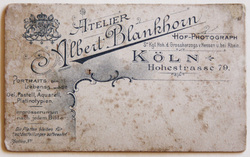 Within my ever growing collection of photographic objects are a few photos known as Cabinet Cards. In the mid 1800's photographers began attaching thin albumen prints to a thicker cardboard and were modeled in size (2x3.5) and intent on the calling or buisness card. By the 1870's the size increased to about 4.5x6.5 inches but maintained the albumen print on adhered to the board. The cards were greatly popular for both the photographer and consumer. For the photographer they had an easy marketing in the very form of its product. Their popularity ran through the early 1900's when it became increasingly possible to photograph with ones own camera apart from the studio. One of the things I love about these cards is that it answers a few questions about these mysterious photographs...who took the photograph, and where was it taken. As you can see from the image up in the corner, the photographer was Albert Blankhorn in Koln or Cologne, Germany. Once you know someones name, you can begin to do a little cyber sluething. Here are some more photos taken by Albert. His studio (Atelier) was located at 79 High Street (Hohestrasse) which you can still find on Google maps here. While you are there, take a look at the street view. Perhaps this is even the shop where he once worked. With the help of Google translate, we can figure out what the lower left means. While some of the paper is missing, it says something like "Portraits through/by work in oil, pastel, watercolor, and platinum prints. "vergrösserungen nach jedem bilde" - "Magnifications for every fancy" "die platten bleiben fur nachbestellungen aufbewahrt" - "The plates remain stored for repeat orders." So apparently one could order reprints down the road. In the upper right hand corner, we learn the Mr. Blankhorn was the court photographer (Hof-photograph) for what roughly translates as the Grand Duke of Hesse on the Rhein (Sr.Kgl.Hoh.d. Grossherzogs v.Hessen u.bei Rein). Learn about the House and Rulers of Hesse here. Given the dates of usage for Cabinet Cards, perhaps we may assume, that his reference to the Grand Duke refers to Louis IV. When God Chooses Your Logo
Take at look at this great little article... It seems that I have been running into this idea a lot lately in various conversations about answers to prayer and the inspiration of art. I feel like she does a fine job of teasing out the two distinct positions in a very general way that can be extrapolated to the other 2 questions that I have run into lately. Thoughts? 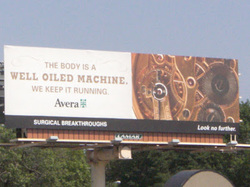 (Re-post from AOA) While I might be overly critical at times, I rarely react with such disdain for advertising slogans. Perhaps I was just in a particularly bad mood but this sign by Avera (a local hospital) just set me off a few weeks ago. It is located at a prominent location of 26th and Minnesota here in Sioux Falls that Avera often advertises at. But this ad just refuses to mellow in my mind. It seems to flaunt the reductionistic effect that science and the modern project has had on life. Is our body simply a machine? Are humans utilitarian? If one of us is a “lemon” are we simply replaceable? Is there nothing more to us? What happened to the soul? The spirit? I’m not even opposed to the spirited body or physicalist view of Nancy Murphy, but this just seems an utter affront to the depths of a Christian anthropology. But then again, maybe I am just expecting too much from a billboard. |
Ryan StanderArchives
January 2018
Categories
All
|
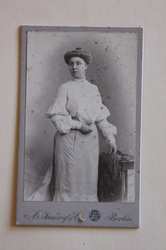
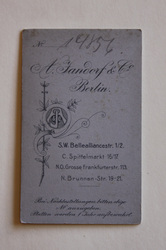
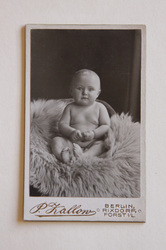
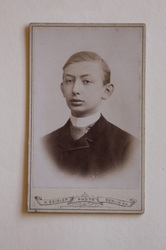
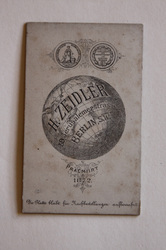
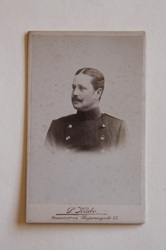
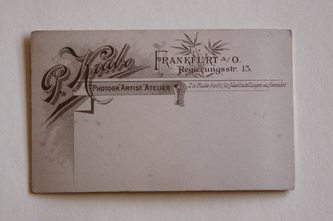
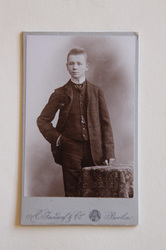
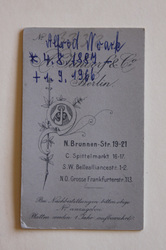
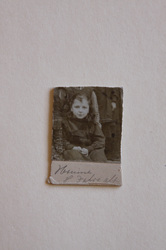
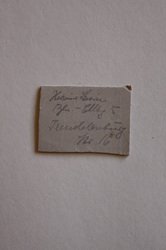
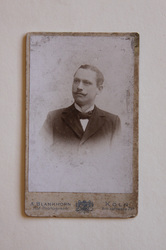
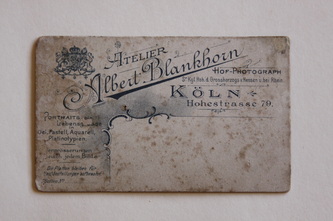
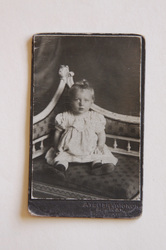
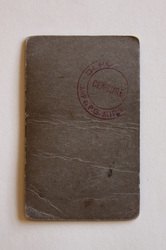
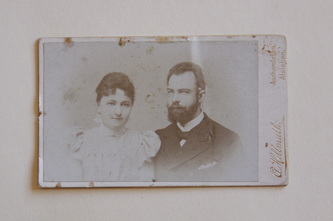
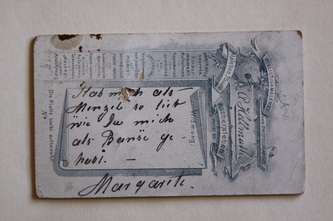
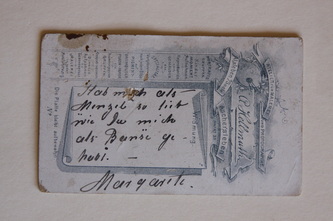
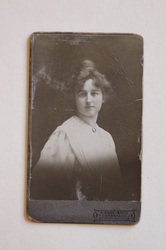
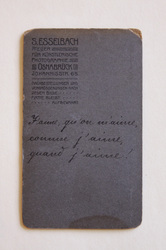

 RSS Feed
RSS Feed
